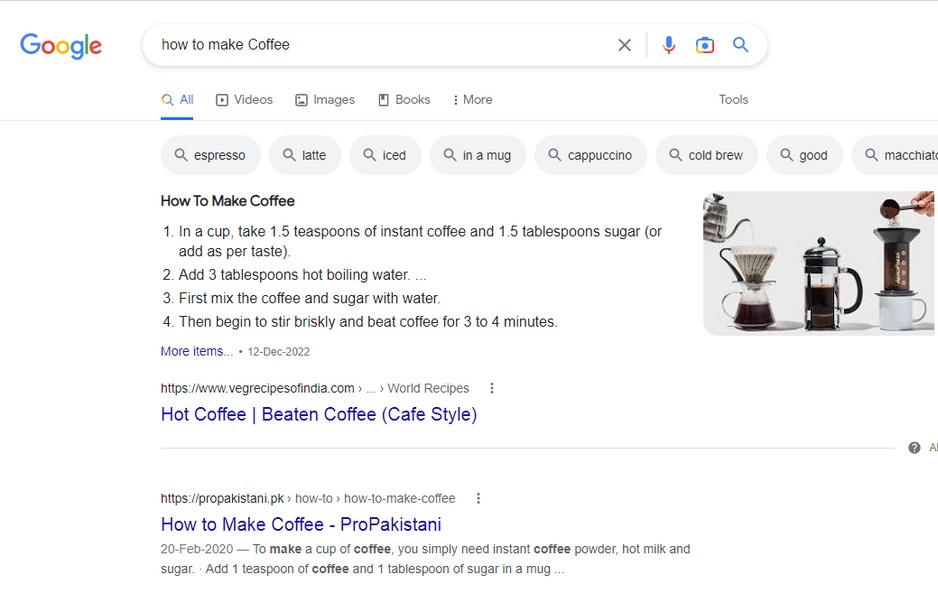If you’re a small, local or established business owner, you probably already know that SEO is an important part of your marketing strategy and what’s more – choosing the right words – keywords – can be a challenging but very rewarding process if done correctly. SEO is probably one of the first things determining how many customers today will look at your business logo and think about buying something. If you’re looking to grow your business and make it more accessible to customers, this post will help you learn how to better optimize the content of your website for search engines like Google and Bing so that people can find you when they search for what they need. And you don’t even have to spend any money on expensive research tools, of course it helps a lot but you can do the work if you just use your mind and your own ideas. Once you get good at it, you will be walking keyword generator yourself.

SEO HOW | SEO Basics
Here are the topics we will cover in this article:
- Understand your brand and audience.
- Your audience
- Your website
- Research relevant topics (and ways to write about them)
- Study the competition
- Consider the three types of keywords
- Broad keywords
- Long-tail keywords
- Exact keywords
- Review your current website for SEO
- Put your SEO strategy into action
- Conclusion
- Q&A
Check out also our Q&A section below where we try to give as detailed answers as possible about the most common topic industry questions!
Understand your brand and audience.
Understanding your audience is a critical first step to creating a solid SEO strategy. If you know who they are and what they want from your website, then it’s easier to find keywords that will resonate with them.
For example, let’s say you’re an online dating service for young professionals. There are many ways to define this market: single professionals between the ages of 25 and 35; those who have been divorced or widowed; parents with children under 18 living at home; etc., but one thing remains constant across all these groups: they have money in their bank accounts (or at least they can get it if we trigger the right emotions). The next step would be figuring out how many people fit into each category so as not just to increase traffic but also convert it into revenue (like paid search ads).
To evaluate your search you can also ask some questions about your audience like:
- Who is the person that will read this?
- What does this person look like?
- How old she/he is?
- Are there other people with similar interests as well (for example parents who want their kids to learn more about science)?
The same way you should evaluate the purpose of your website:
- What do you want your visitors to do when they come across your business (maybe buy something or leave their email, subscribe, comment, like a post – whatever is working for you)?
- Do you want them to share your content on social media or come back to your site again later?
- What kind of information do they need the most
- How often do they need this information?
Think as broad questions as you can, the more info about your targeted character you generate, the more ideas you will have, the better choice of options you will have!
Research relevant topics (and ways to write about them)
Now that you have a list of keywords, it’s time to find the best way to use them. This is where research comes in. You can use Google’s search function or another site like Moz or Ahrefs (or all three!). The goal here is simple: find relevant topics, and then write about them in an informative way so that your content will be indexed by search engines like Google and Bing—and get found when someone searches for those keywords!
Once you’ve found some topics that interest you, keep an eye out for related ones that might work better together than separately. For example, if one topic refers specifically to weight loss then another could refer specifically towards cooking healthy foods instead (if this sounds confusing let me know).
Study the competition
The next step is to study the competition. This can help you understand what other businesses like you are doing and what tools or strategies they are using, which will indeed allow you to figure out what you should do better on your site.
For example, if a website has a lot of organic traffic (It means that traffic is not bought by advertiser but people are finding the business naturally), then there might be some specific keywords that people use when searching for this topic online but aren’t necessarily showing up on search results pages because no one knows about them yet—or at least not enough people do so as to make them relevant enough for SEO purposes. By studying these keywords and seeing if they’re relevant enough for your target audience, we can get an idea of whether our competitors are ranking well or not with these keywords.
Analyzing your competition by taking a look at the keywords they rank for and researching their webpages will give you an idea of what keywords they’re using and how they implement them within their site. This is especially useful if a competitor has been around on the internet longer time than you have or has more experience with SEO strategies compared with yours (which is often true). In some cases they are even paying for some SEO services – it means you can steal ideas that they are paying for.
Few ways how you can track some customer activity within your competitor businesses:
- By reading reviews
- By talking with customers who have visited this particular site before,
- Check their social media engagement
Consider the three types of keywords
Keywords can be:
- Broad
- Long-tail
- Exact
Broad keywords are descriptive phrases that describe a product or service. For example, if you sell dog food, your keyword might be “dog food”; if you offer pet grooming services for dogs and cats in the local neighbourhood, it could be “pet grooming services” These keywords are very broad and are less likely to be used by someone who is searching for something specific.
Long-tail keywords are more specific than broad ones: they usually contain only one word with some variation (for example “dog friendly” instead of “dog food”). Long-tail search terms are good because they’ll help Google understand exactly what users want to find when they search on your site (and improve SERP placement). They also tend to convert better than broad terms because searchers don’t have as much information about what kind of product/service to expect from these terms—they’re just looking for something! To use long tail effectively in SEO strategy:
- Use them as anchor text for related keywords
- Create pages within each niche using multiple variations of each anchor text
Exact keywords are like the specific address of your store, they make it easy for people to find you when they’re looking for something specific. For example, if you’re a shoe store, targeting exact keywords like “red high heels,” “men’s leather loafers,” or “kids’ sneakers” it will make it more likely for people searching for those specific items to find your store. By including these exact keywords in your website and content, you’re making it easier for potential customers to find you when they’re searching for something exact you have to offer.
Review your current website for SEO
Before you start working on your new SEO strategy, it’s a good idea to review your current website for SEO. This will give you an idea of how well optimized it is and what needs to be done in order to improve it.
Here are some things you can start with:
Title tags and meta descriptions – These two elements are used by search engines as part of their ranking algorithms. If they’re not optimized properly, they can negatively affect your site’s overall ranking in Google search results. The best way to do this is by using keywords related directly or indirectly with what users search when entering their query into Google (for example “best pizza place near me”). Make sure that these words appear within the title tag and/or across several lines within the meta description (make sure there aren’t any spaces!). Also make sure that each one doesn’t exceed more than 160 characters, otherwise it won’t display properly!
Put your SEO strategy into action
Now that you have a good understanding of how to find the best keywords for your website SEO strategy, it’s time to put your new keywords into action.
Create content around your keywords. This is one of the most important things you can do to improve your rankings and increase traffic on your site. The content itself should be optimized for each keyword that you’ve chosen so that it will attract people looking for those same terms when searching Google or other search engines. Make sure everything else about the page fits with this goal as well (basically – make sure it looks good).
Use social media channels like Facebook and Twitter where possible—they’re great ways to promote new posts without huge expenses and ton of additional work, it just takes consistency.
Conclusion
Now that you’ve read this guide, you should have a better understanding of how to find and optimize your website for search engines. You may be surprised how little effort (or money) it actually takes to make your site more visible in the eyes of Google and potential customers. And remember: if everything else fails, hire an expert! One of the best way to get started is by reaching out for help from an SEO agency or higly rated freelancers who can help to analyze your site and provide recommendations based on what is working in the industry. Happy improving!
Become a marketing expert already today and subscribe to our everyday news. Stay ahead of the latest tips and tricks to strive your business to the top!
P.S. We promise not to spam you – just the very best content for you and your loved business!













